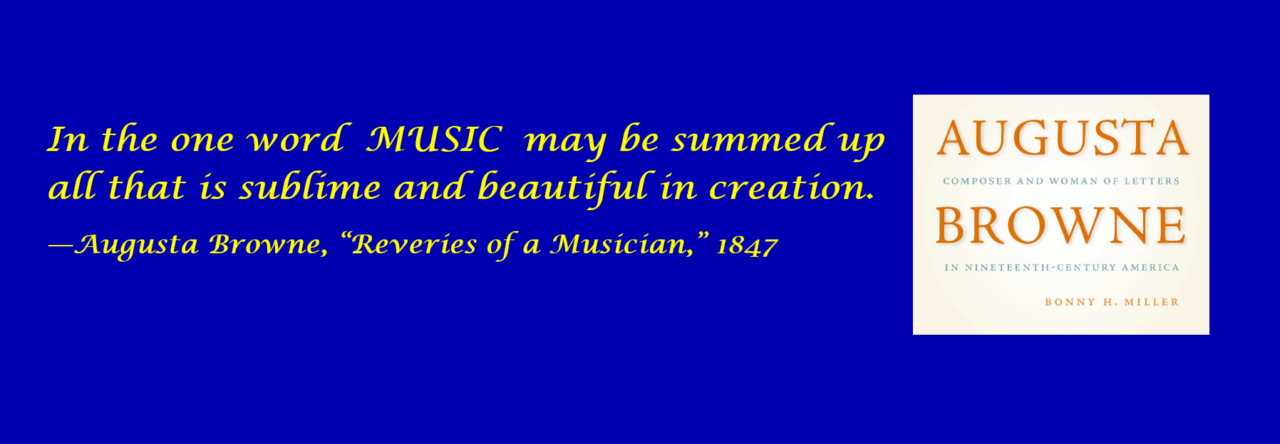The early editions (ca. 1841) of Augusta Browne’s American Bouquet bore a dedication to “Miss Sarah E. Wise of Virginia.” Although this flourish disappeared in subsequent imprints by Lee and Walker, the dedication to Sarah Wise presents an interesting connection from composer to consumer. The trajectories of these women’s lives raise questions about their respective actions during the Civil War some two decades later.





